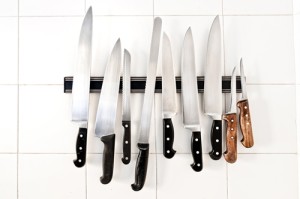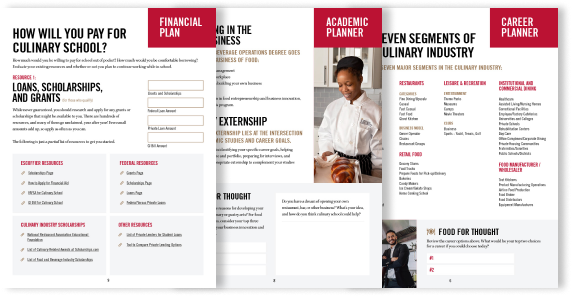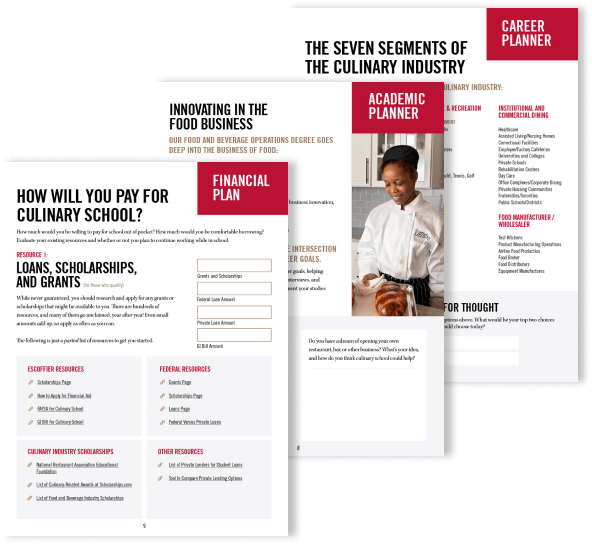5 Ways To Improve Your Knife Skills

Wielding a sharp object incorrectly is one of the easiest ways to injure yourself in the kitchen. That’s one reason why, if you set out to learn basic cooking, it’s essential to develop your abilities at using a knife. Furthermore, you will soon find that employing the proper technique makes completing simple recipes a far more efficient and enjoyable process.
1. Choose the right knife
Every cook should have a few different knives at the ready and be aware of their applications. Always consider the length and weight of blade you require for each cutting task. As Real Simple explained, a chef’s knife has a heavy, eight to 10 inch blade that is ideal for chopping large, firm vegetables or carving meat. An 8-inch serrated knife is good for cutting bread, pies and tomatoes. Choose a 3.5 to 5-inch paring knife for precise jobs like slicing fruits or herbs.
2. Know the basic cuts
By mastering a few simple motions, you’ll be able to cut items into pieces faster and more effectively. Keep in mind that if a recipe calls for chopping, you should try to keep those pieces to a roughly equal size. Dicing means you should aim for quarter-inch cubes, while mincing means you should chop them as small as possible. If you are instructed to julienne, then cut the ingredient into long, thin pieces similar in shape to matchsticks.
Serious Eats advised that everyone start by learning a few major cutting strokes:
The slice serves well for breaking up vegetables or meat. Set the item on your cutting board and hold it with your free hand. Place the blade’s tip on the board, angling it upward. Pull the knife back repeatedly, keeping the tip on the cutting board, as you push the food toward the blade.
For finely cutting delicate food, like herbs, switch to the back-slice. Stack the leaves and tightly roll them together. Holding the herbs with your other hand, you will again touch the tip of the blade to the cutting board. Keep the knife at a low angle as you pull back through the food.
If you want to mince your herbs instead, the rock chop will come in handy. First, you slice the ingredients and pile them together. Then, place the knife tip against the board and keep the blade steady with the opposite hand. Rock the knife up and down until the items are cut sufficiently fine.
3. Grip properly
Holding your knife properly will go a long way to avoiding injury and make it easier to chop or mince items more quickly. The Kitchn emphasized that the most important concern is your own comfort and ease while cutting. However, for greater control and stability, your grip should be high on the knife’s handle with your thumb and index finger gripping the blade’s heel.
Online Culinary School Planner & Checklist
Online Culinary School Planner & Checklist
Find out what a culinary education can do for you.

What might a career in the culinary or pastry arts look like for you? Online culinary school is a fast, affordable way to launch a career in the culinary or pastry arts. Get the workbook to see how it could help you.


4. Focus
Cutting ingredients may seem like a repetitive activity that requires minimal attention. However, as Bon Appetit pointed out, it is extremely important to concentrate on your chopping and thoughtfully plan it out. Otherwise, you risk hurting yourself.
Instead, consider how best to approach each cutting task, taking into account how small you need the pieces to be and how you can minimize the labor involved. For instance, when cutting an onion, you should first cut off the top, then slice the bulb in half and peel off the outer layers. Chop vertically and then horizontally until you end up with sufficiently small bits.
5. Maintain your blades
Many inexperienced cooks neglect or mistreat their knives, and this is a costly mistake. Properly caring for your kitchen tools will make your work easier and safer.
Food Network offered a few pointers on keeping your blades in good shape. First, wash them by hand, not in the dishwasher, to prevent corrosion. Use the dull side of the knife to nudge ingredients on the cutting board. Lastly, be sure to sharpen your knives regularly. Dull knives slow your cooking and lead to accidents. Check at your local grocery or kitchenware store to learn about sharpening services.
With these pointers, you’ll be on your way to becoming an expert at slicing, mincing or dicing your ingredients. Remember, the most important part of building knife skills is practicing by cutting a variety of foods.






Recent Comments